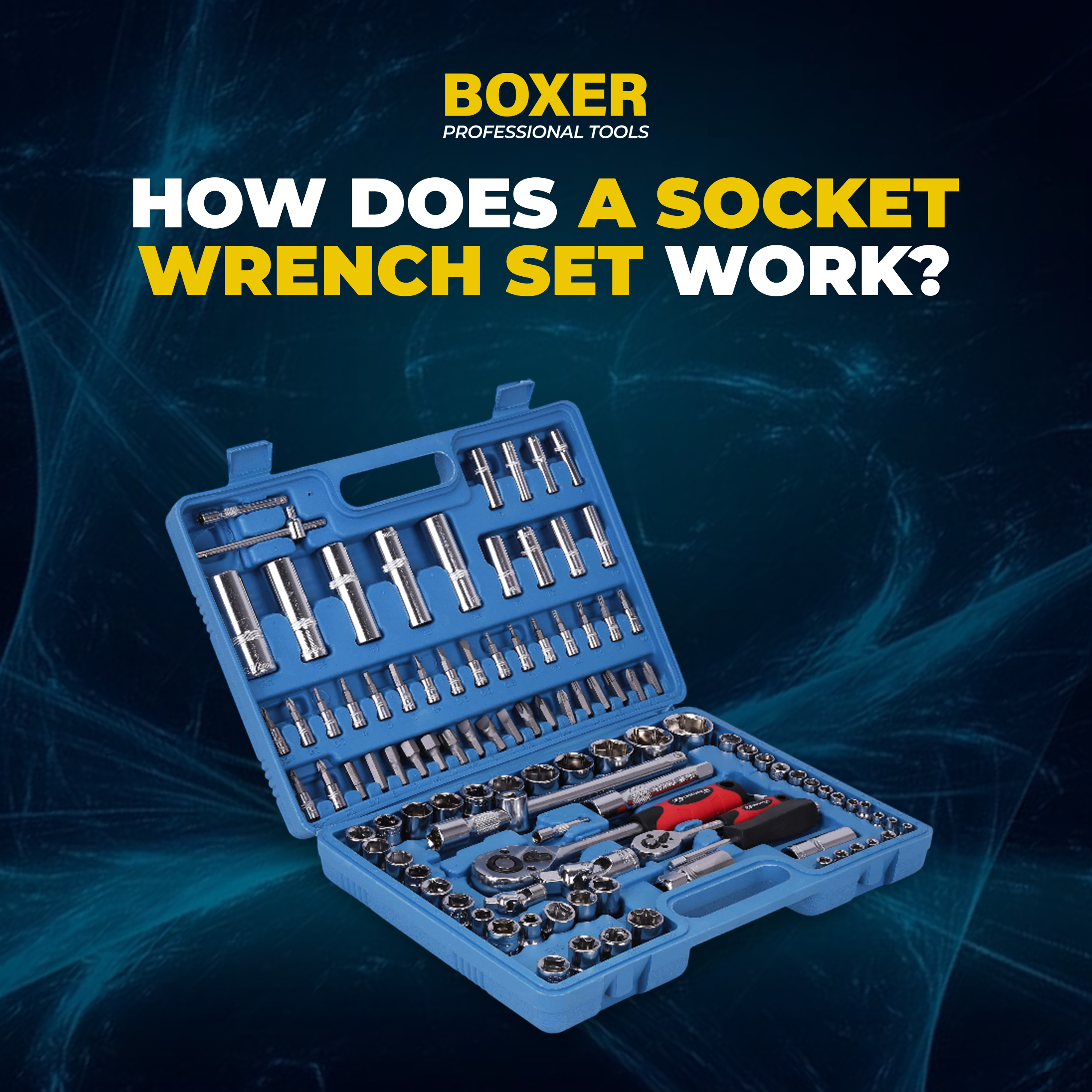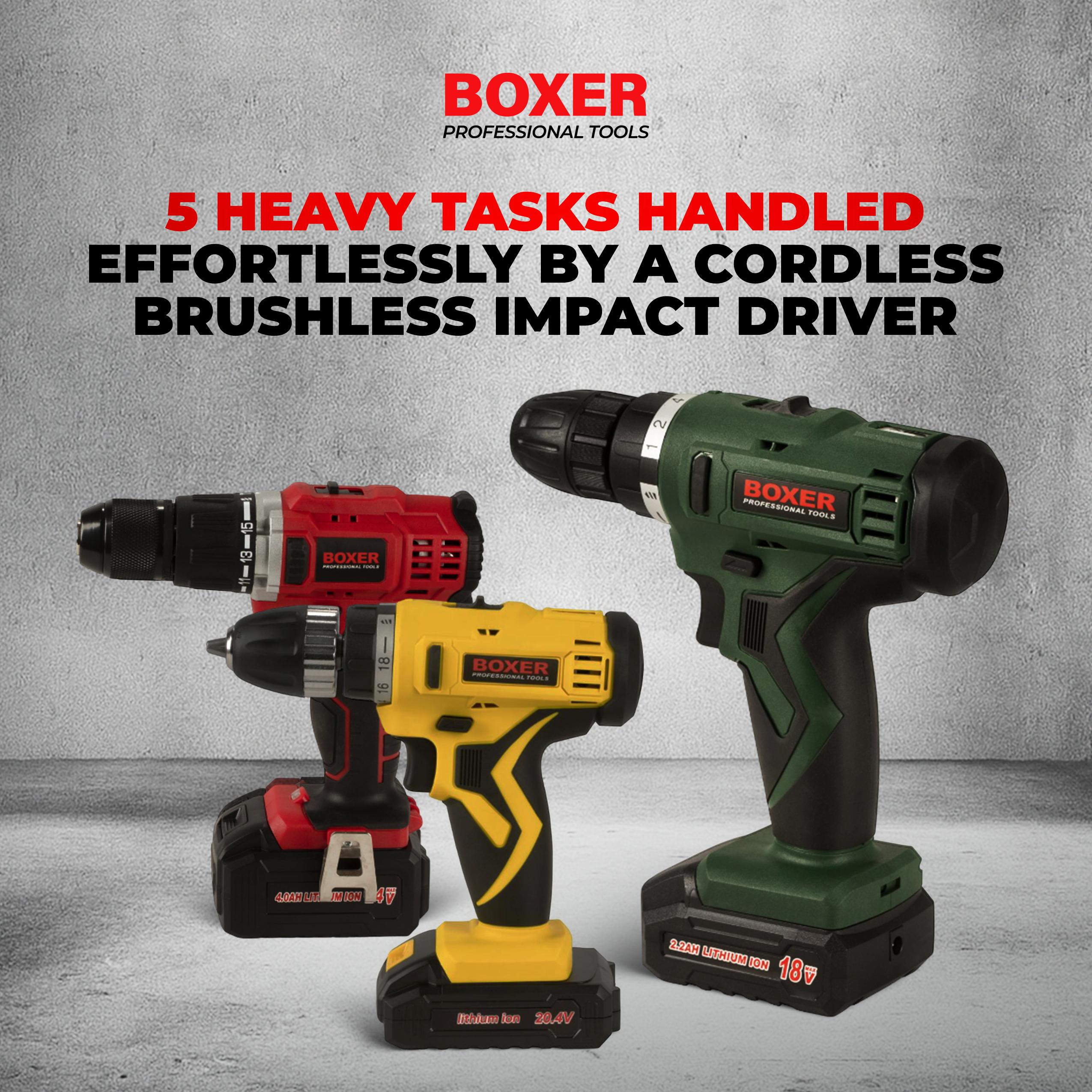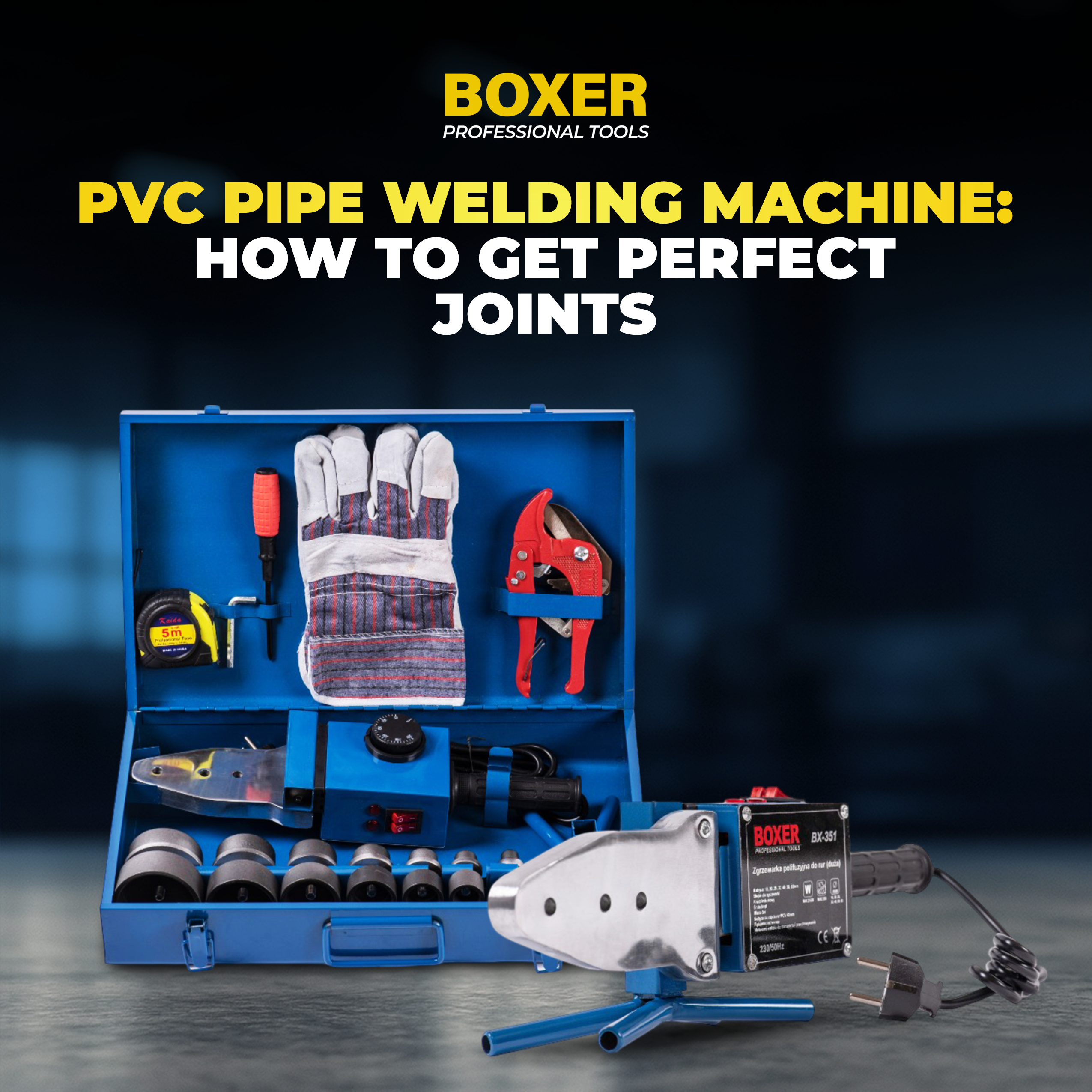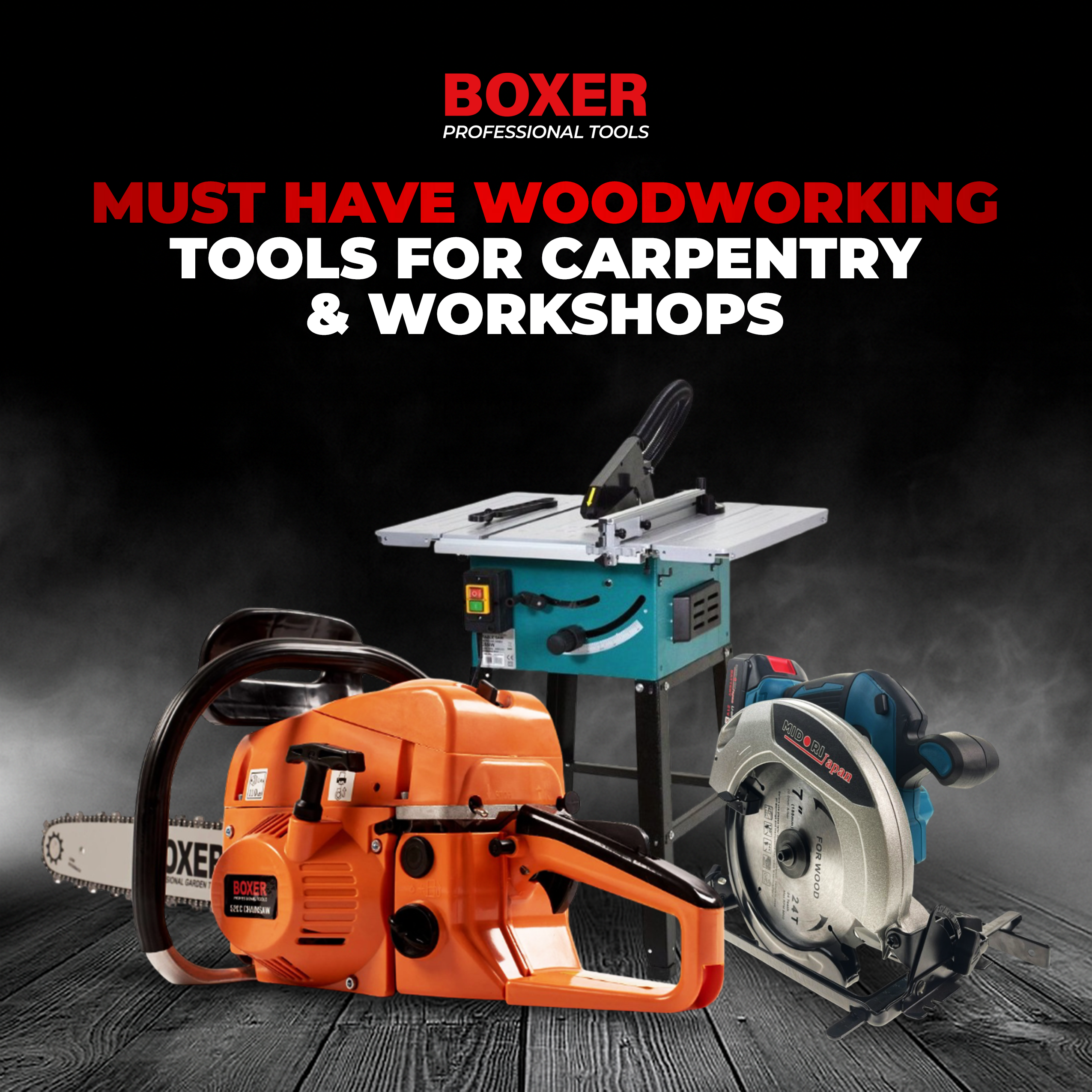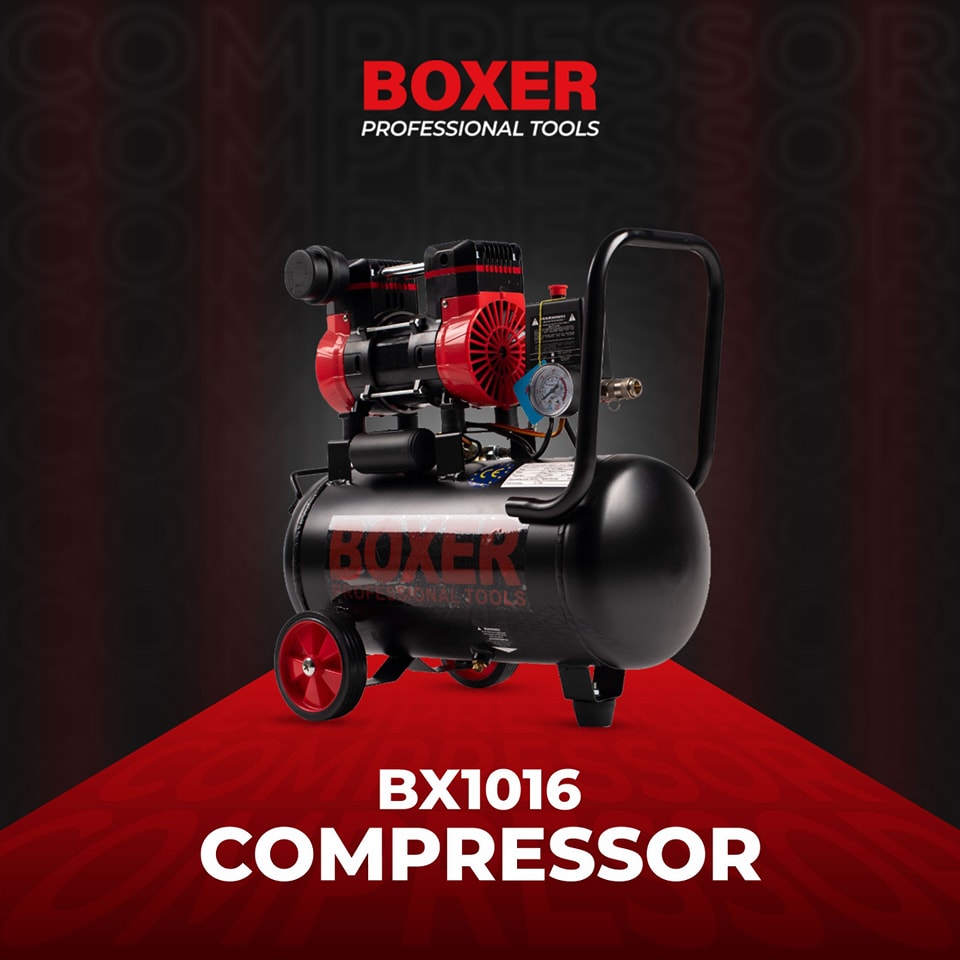
Hydraulic Jacks: What to Look for Before Buying
Hydraulic jacks are indispensable tools in various industries, from automotive repair and construction to heavy machinery maintenance. These devices utilize hydraulic pressure to lift heavy loads with minimal effort. However, with numerous options available on the market, selecting the right hydraulic jack can be overwhelming. Understanding the key factors that influence performance, safety, and durability will help you make an informed decision.
In this blog, we will explore what to consider before purchasing a hydraulic jack, including types, weight capacity, build quality, safety features, and more.
1. Types of Hydraulic Jacks
Before investing in a hydraulic jack, it is essential to know the different types available and their applications.
a) Bottle Jacks
Bottle jacks are compact and powerful, making them ideal for lifting heavy vehicles and machinery. They have a vertical lifting mechanism and are commonly used in automotive repair shops and construction sites.
b) Floor Jacks
Floor jacks, also known as trolley jacks, have a horizontal design and a long handle for easy maneuvering. They are widely used in garages and workshops for lifting cars and light trucks.
c) Scissor Jacks
Scissor jacks operate with a mechanical screw mechanism and are commonly found in emergency car repair kits. While they are lightweight and portable, they have a lower weight capacity than hydraulic jacks.
d) Toe Jacks
Toe jacks are designed to lift loads with low ground clearance. They are commonly used in industrial applications where lifting heavy equipment is required.
e) Transmission Jacks
These specialized jacks are designed to lift and support vehicle transmissions during repair or replacement. They provide precise control and stability.
2. Weight Capacity
One of the most critical factors when choosing a hydraulic jack is its weight capacity. The jack must be able to lift the intended load safely. Exceeding the weight limit can cause mechanical failure and pose safety risks.
When selecting a jack, consider:
The weight of the vehicle or equipment you need to lift.
Additional weight from attachments or accessories.
A margin of safety to prevent overloading.
Most jacks come with a clearly labeled weight rating, typically ranging from 1 ton to 50 tons or more.
3. Lifting Height and Range
The lifting range determines how high the jack can raise an object. It is crucial to choose a jack that meets your lifting height requirements.
For example:
Low-profile jacks are suitable for sports cars and vehicles with minimal ground clearance.
High-lift jacks are ideal for trucks, SUVs, and off-road vehicles.
Industrial jacks have extended height ranges for lifting heavy machinery.
Always check the minimum and maximum height specifications before purchasing.
4. Build Quality and Material
Durability is a key factor when selecting a hydraulic jack. The materials used in construction influence its strength and longevity.
Steel Jacks: Heavy-duty and durable, suitable for industrial and automotive use.
Aluminum Jacks: Lightweight yet strong, ideal for portable applications.
Hybrid Jacks: A combination of steel and aluminum, offering durability with reduced weight.
A high-quality hydraulic jack should have reinforced welding, rust-resistant coating, and heavy-duty components to withstand rigorous use.
5. Safety Features
Safety should be a top priority when buying a hydraulic jack. Look for the following features:
a) Overload Protection
Many jacks include built-in overload protection that prevents lifting beyond the maximum capacity. This feature prevents damage to the jack and enhances safety.
b) Safety Valves
A hydraulic safety valve helps regulate pressure and prevents sudden drops or failures under heavy loads.
c) Non-Slip Saddle
The saddle is the part of the jack that makes contact with the load. A non-slip, rubberized, or grooved saddle enhances grip and stability.
d) Locking Mechanism
Some jacks come with a locking mechanism or safety latch to secure the load in a lifted position, preventing accidental drops.
6. Portability and Storage
If you need a hydraulic jack for roadside emergencies or fieldwork, consider portability and storage options.
Compact bottle jacks fit in a car trunk and are easy to transport.
Floor jacks with wheels provide mobility around a workshop.
Folding or detachable handle designs make storage more convenient.
For home garages, storage space is also a factor. Some jacks have foldable handles or compact frames for easy storage.
7. Ease of Use and Maintenance
A user-friendly hydraulic jack makes lifting tasks more efficient. Features that improve usability include:
Longer handles for better leverage
Dual-piston pumps for faster lifting
360-degree swivel casters for maneuverability
Easy-to-read markings for lifting height
Regular maintenance ensures longevity. Check for leaks, wear and tear, and hydraulic fluid levels to keep your jack in top condition.
8. Price vs. Quality
While budget-friendly options are tempting, it is important to balance price with quality. Cheaper jacks may have lower durability, weaker materials, or lack essential safety features.
Investing in a reliable and well-built hydraulic jack will save money in the long run by reducing the need for replacements and ensuring safety.
9. Brand Reputation and Reviews
Researching brands and reading customer reviews can provide insights into a jack’s performance and reliability. Well-known brands often have better quality control and customer support.
Look for jacks with positive user feedback, high ratings, and warranties to ensure a satisfactory purchase.
Conclusion
Choosing the right hydraulic jack is crucial for safety, efficiency, and durability. By considering factors such as jack type, weight capacity, lifting height, material quality, safety features, portability, and price, you can make an informed decision.
For high-quality and durable hydraulic jacks, consider Boxer Tools. They offer reliable and robust lifting solutions tailored for professionals and DIY enthusiasts. Investing in the right hydraulic jack ensures safe and efficient lifting for all your needs.
Copyright © 2025 Boxertools | Powered By Orance Media Group



